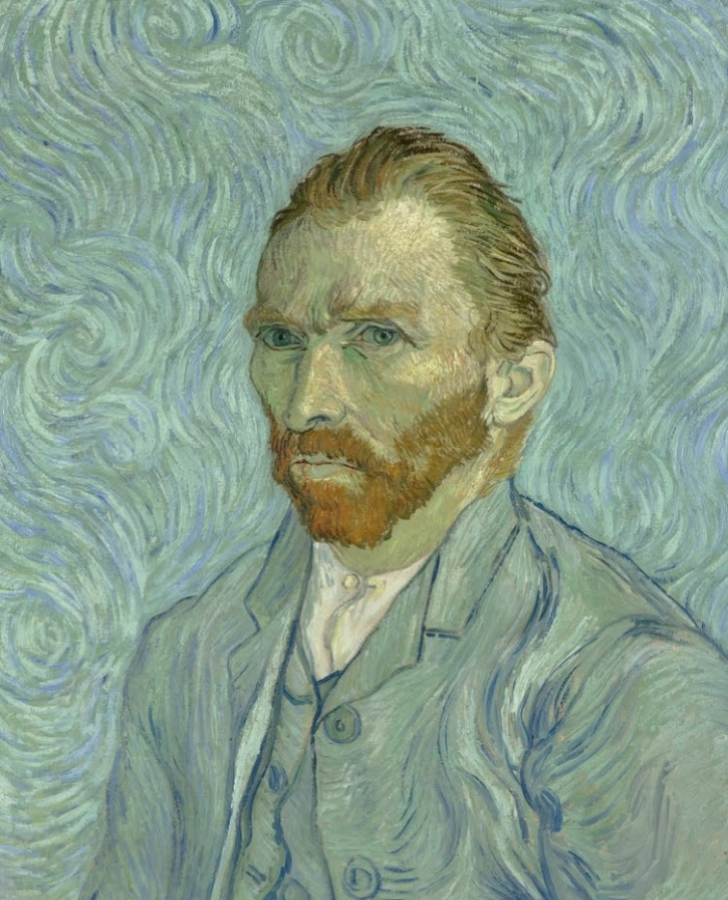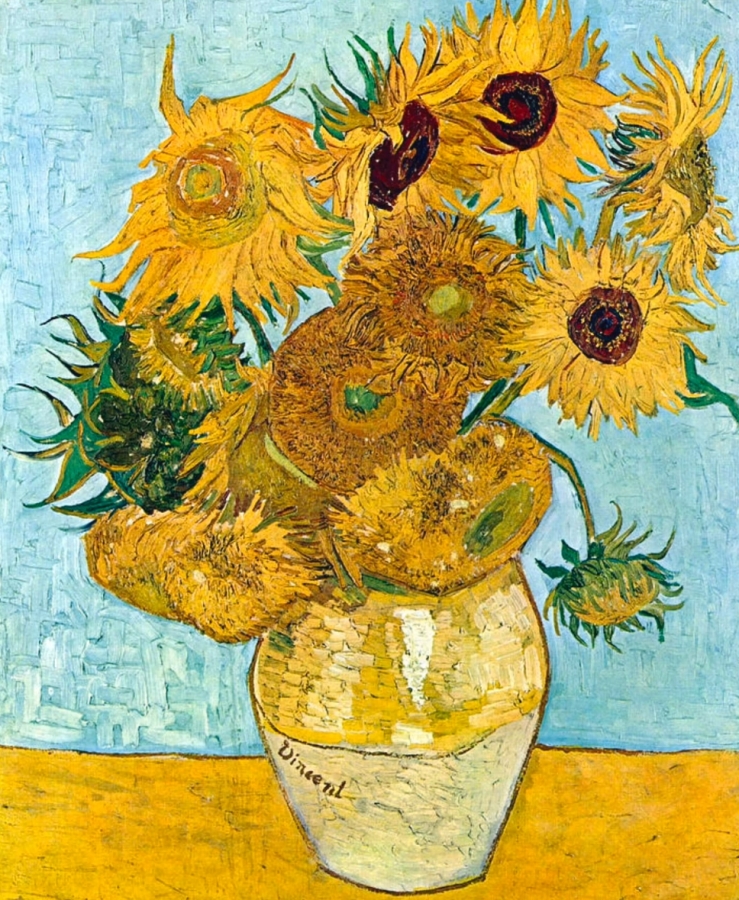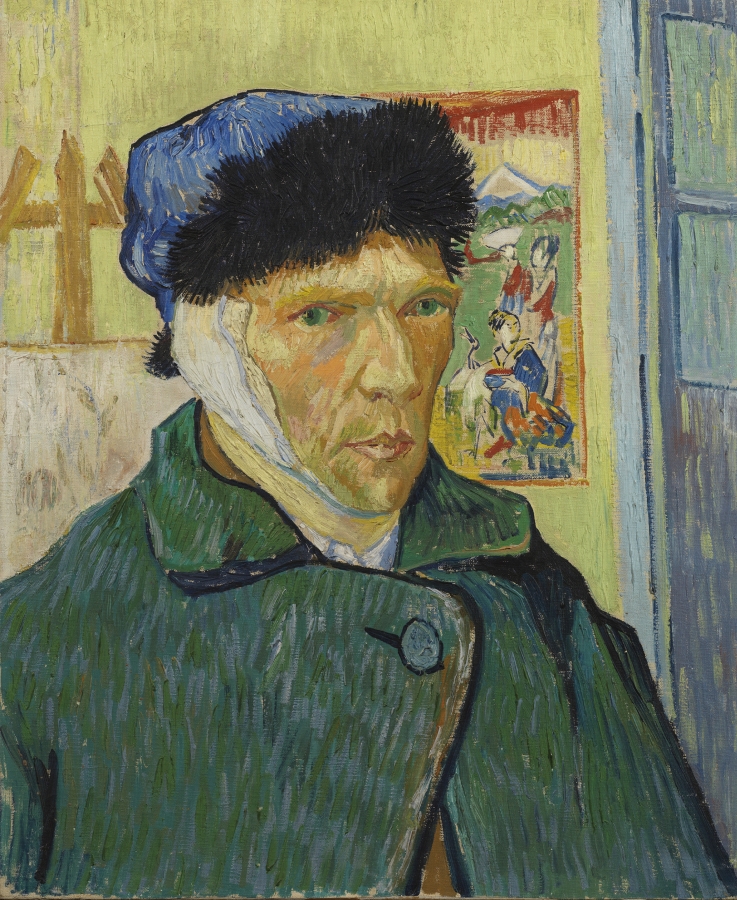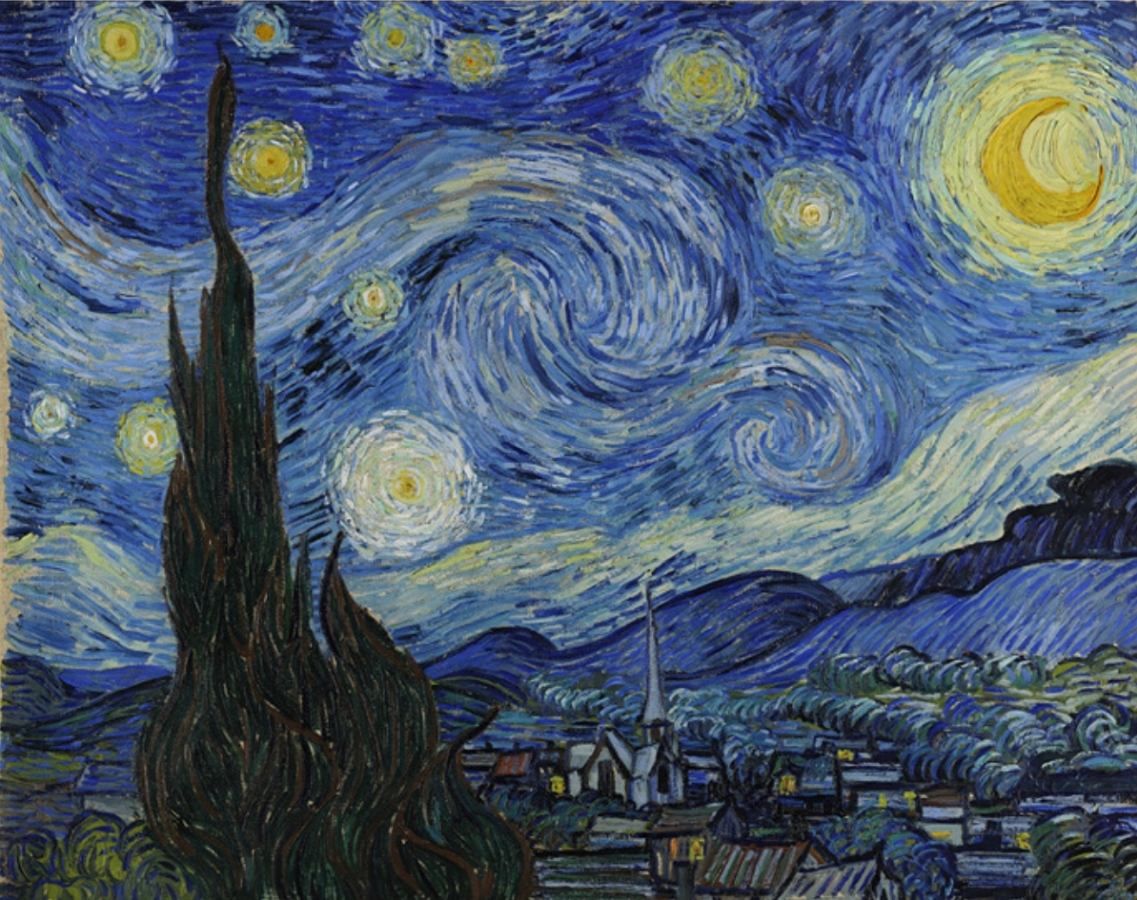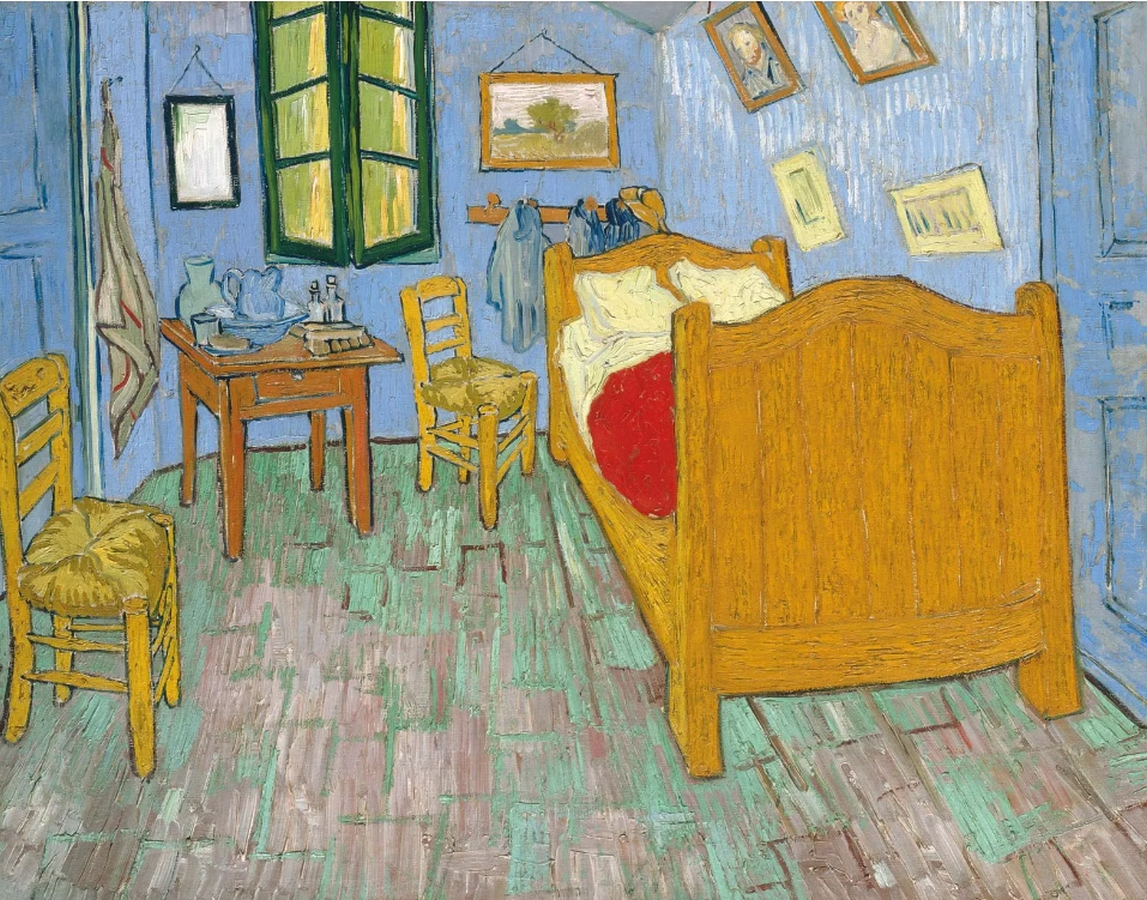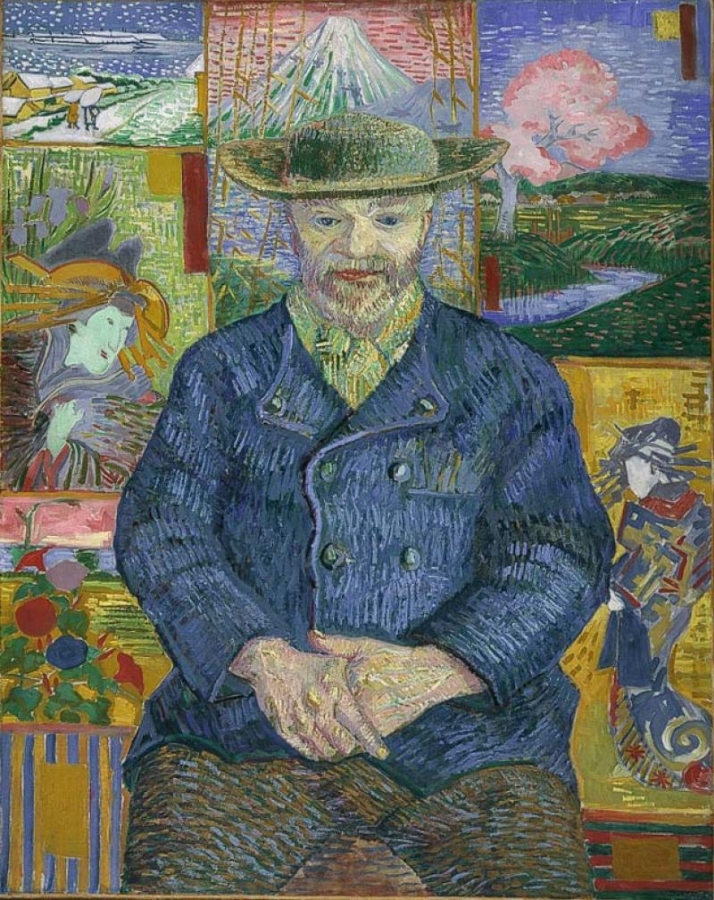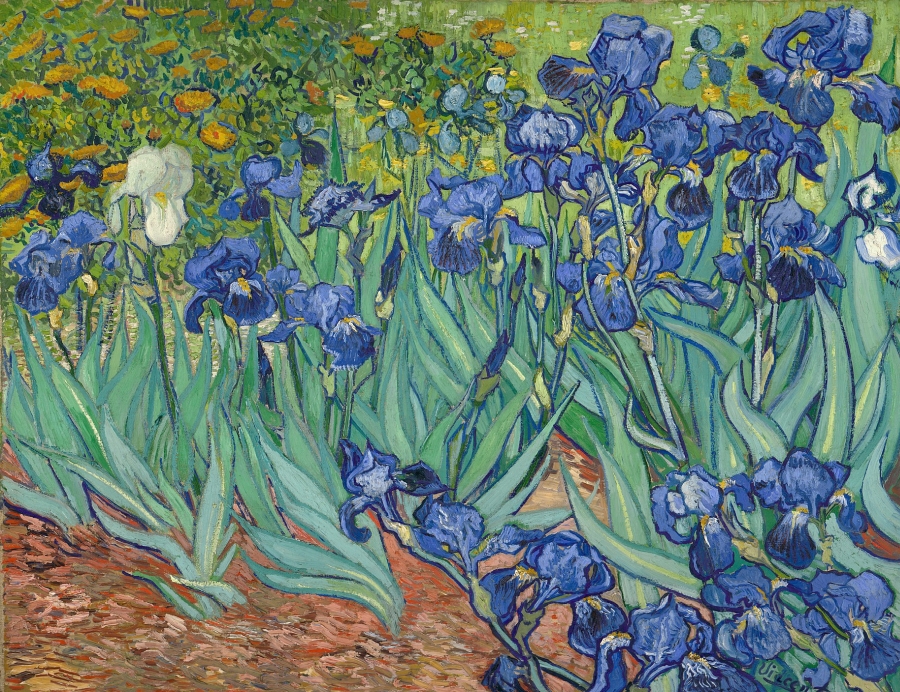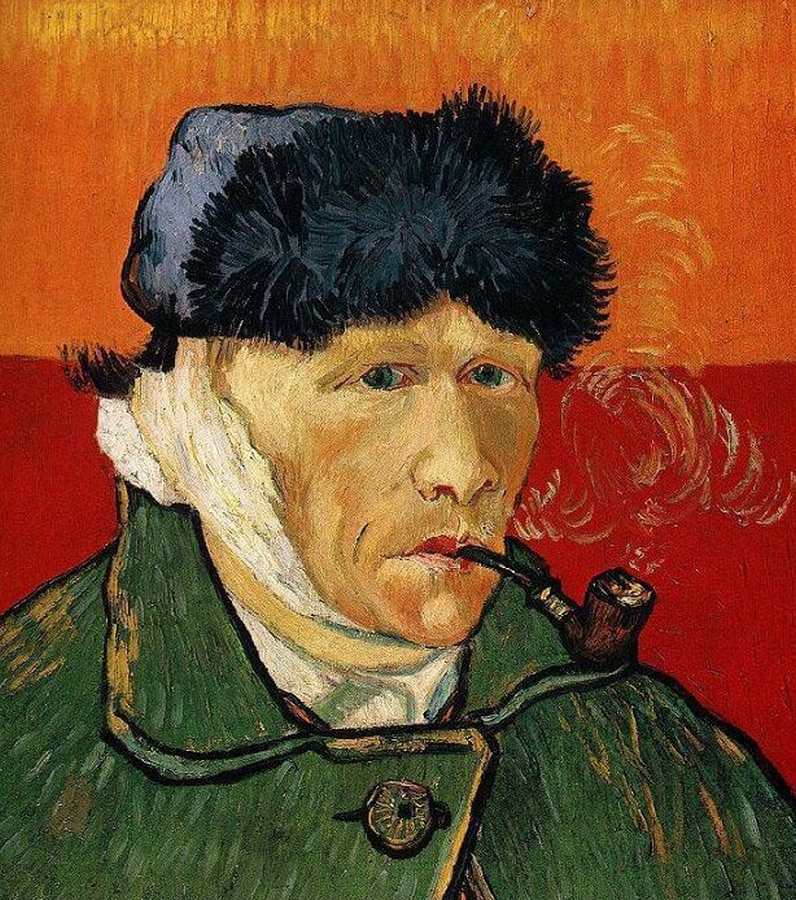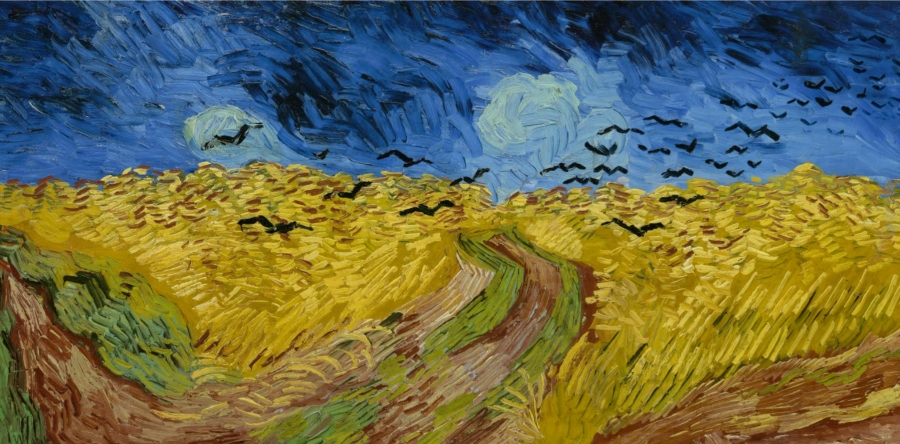  Vincent Willem van Gogh was born in March, 1853 in the Netherlands. He was a Dutch painter, and generally considered the greatest after Rembrandt. The striking colour, emphatic brushwork, and contours of his work powerfully influenced the genre called Expressionism in modern art. You can see some large examples of his work at the end of this article.
Vincent Willem van Gogh was born in March, 1853 in the Netherlands. He was a Dutch painter, and generally considered the greatest after Rembrandt. The striking colour, emphatic brushwork, and contours of his work powerfully influenced the genre called Expressionism in modern art. You can see some large examples of his work at the end of this article.
Van Gogh’s art became amazingly popular after his death, especially in the late 20th century, when his works sold for record-breaking sums at auctions around the world. In his early life, van Gogh became increasingly solitary after being rejected by a girl he loved. He worked as a language teacher, a lay preacher, and for a bookseller. He took short-term training as an evangelist, and left to do missionary work in a poor coal-mining region in southwestern Belgium. Living among the poor, he gave away all his worldly goods, and was then dismissed by church authorities for a too-literal interpretation of Christian teaching. Penniless, with his faith destroyed and feeling worthless, he withdrew from everyone. “They think I’m a madman,” he told a friend, “because I wanted to be a true Christian. They turned me out like a dog, saying that I was causing a scandal.” It was then that van Gogh began to draw, discovering in 1880 his true vocation as an artist. Van Gogh decided that his mission from then on would be to bring his art to the masses. “I want to give the wretched a brotherly message,” he explained to his brother. “When I sign [my paintings] ‘Vincent,’ it is as one of them.” His realization of the value of his art restored his self-confidence. His career as an artist was extremely short, lasting only 10 years, from 1880 to 1890. In the first four years of this period he strove to become a better artist, and produced mostly drawings and watercolours. In 1881 he settled at The Hague to work with a Dutch landscape painter. He visited museums and met with other painters. He also experimented with oil paint. During the tears 1886 through 1888 his painting style changed, becoming more colourful, less traditional, and soon began painting in pure colours and using broken brushwork that was almost pointillistic. By the beginning of 1888, van Gogh’s Post-Impressionist style had fully developed, resulting in masterpieces such as 'Portrait of Père Tanguy' and 'Self-Portrait in Front of the Easel'. After two years van Gogh, tired of city life, left Paris ithe countryside of southeastern France. The pictures he created over the following 12 months - depicting blossoming trees, views of the town, self-portraits, portraits of other friends, interiors and exteriors of the house, sunflowers, and landscapes - marked his first great period. He made great efforts to express his individuality, squeezing tubes of oil paint directly onto the canvas. His paintings made liberal use of impasto, where paint is applied to a canvas in quantities that make it stand out from the surface. Impasto was used frequently to imitate the broken-textured surfaces of objects that are struck by an intense light. Vincent van Gogh made notable use of this technique, building up and defining the forms in his paintings with thick, nervous dabs of paint. 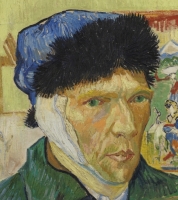 On Christmas Eve, 1888, van Gogh was emotionally and physically exhausted, and snapped 'under the strain'. He argued with fellow painter Gauguin and apparently chased him with a razor, and then cut off the lower half of his own left ear. The crazed van Gogh then reportedly visited a brothel and delivered the bloody ear to a woman, telling her, “Guard this object carefully.”
On Christmas Eve, 1888, van Gogh was emotionally and physically exhausted, and snapped 'under the strain'. He argued with fellow painter Gauguin and apparently chased him with a razor, and then cut off the lower half of his own left ear. The crazed van Gogh then reportedly visited a brothel and delivered the bloody ear to a woman, telling her, “Guard this object carefully.” Since then, others have examined police records and the two artists’ correspondence, and concluded, that it was actually Gauguin who cut van Gogh’s ear and that he did it with a sword. Whatever really happened, van Gogh took responsibility and was hospitalized; Gauguin left for Paris. Returning home, van Gogh's first painting was 'Self-Portrait with Bandaged Ear and Pipe'. Several weeks later, again showing symptoms of mental disturbance, he was sent back to the hospital. Van Gogh stayed there for 12 months, haunted by recurrent attacks, alternating between moods of calm and despair, and working on painting only intermittently: 'The Starry Night', 'Garden of the Asylum', and other paintings are from this period, which was marked by his fear of losing touch with reality, and great sadness. Van Gogh himself brought this period to an end. He returned to Paris in 1890, and resumed painting, now with a more expressive style, choosing subjects that reflected his spiritual beliefs. This phase was short, however. Believing that he would never be able to overcome his loneliness or be cured, van Gogh shot himself. When found wounded in his bed, he allegedly said, “I shot myself.…I only hope I haven’t botched it.” That evening, when interrogated by the police, he refused to answer questions, saying, “What I have done is nobody else’s business. I am free to do what I like with my own body.” Van Gogh died two days later. In modern times, medical and psychological experts have examined descriptions of his symptoms and their treatments in an attempt to diagnose van Gogh’s condition. Epilepsy or schizophrenia (as suggested by the swirls in his painting 'Starry Night', which apparently is characteristic of that illness) have both been suggested. In any case, a fascination with the life and paintings of this amazingly talented artist persist to this day.
|
